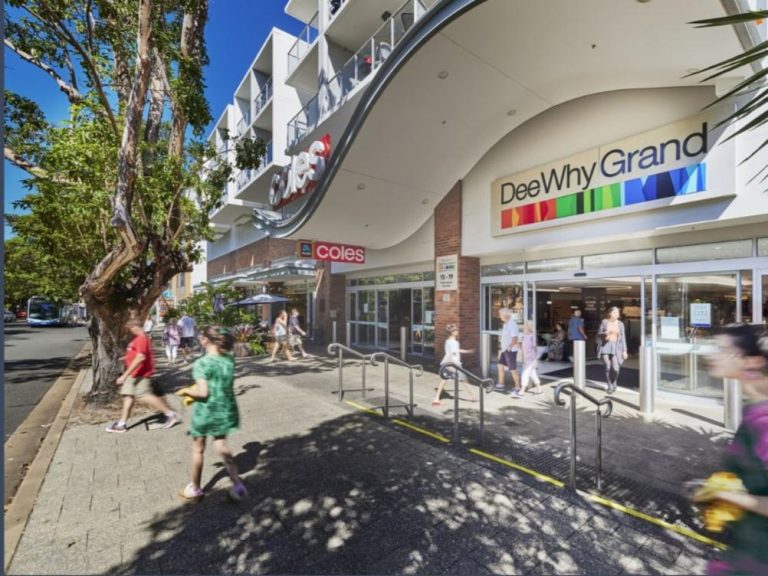Housing policy limiting Australians to substandard homes

A bird’s eye view of housing in the Sydney’s southern suburbs. Picture: Brook Mitchell/Getty Images)
The nation’s housing markets have been rocked in the past week with the unveiling of a dramatic plan by electioneering prime minister Scott Morrison which would allow prospective home buyers to tap into their superannuation.
While the political merits of the scheme are being hotly debated, the idea has opened a Pandora’s box in the property industry with developers keen that a solution to the housing crisis takes centre stage.
Labor leader Anthony Albanese had already fired the opening salvo in the housing debate, presenting his party’s plans for a shared equity housing scheme.
Mr Morrison wants to allow Australians to withdraw the lesser of 40 per cent or $50,000 from their super to be used for a home, while Mr Albanese has offered to co-buy into 10,000 people’s new homes with up to $300,000 under an equity scheme.
The priority being accorded to housing policy and the recognition of a need to move beyond quick fixes has been applauded by developers. But many have raised concerns about the main issue in Australia: supply.

A view of the city from Bondi Beach, Sydney.
AMP chief economists Shane Oliver said both parties were yet again “dipping into the same bag of tricks” with their policies that fail to address the fundamental issue of supply.
“Now, we’ve had 20 years of under-building so anything which gives younger people the opportunity to buy housing really just had the effect of pushing up prices,” he said.
“There is a bit of a track record that during economic downturn, people have been allowed to free up some super or housing gets more expensive – it’s setting a bit of a precedent potentially affecting the super system as a whole.”
Dr Oliver said some Australians who had taken advantage of the government’s first home super saving scheme, which allows the withdrawal of up $50,000 made in salary sacrifice payments, may be able to double dip given they have enough super.
“A lot of young people want to buy their first house quite early and they may only have a small amount to start with so 40 per cent of their super may not amount to much,” he said.
While he wasn’t the biggest fan of either policy, Dr Oliver said he leaned more towards Labor’s shared equity scheme.
“I’m not a great fan of the Labor one either. They’re getting into your home. It has problems as well. It’s just another source of firepower to push up prices and it doesn’t solve the problems,” he said. “To their credit, Labor seems to be doing more on that front to committing to social and affordable housing.”
REA Group economist Cameron Kusher said Mr Morrison’s super dip policy likely didn’t meet the needs of those it sought to help.
“Looking deeper into the policy, heaps of people that would potentially access this scheme to buy their first home tend to not have a lot in super,” he said.
“Basically, if you wanted to withdraw $50,000, you’d have to have $125,000 in super to be able to do that. Most people under 40 certainly don’t have that much superannuation.”
Mr Kusher shared the view that both housing policies would limit from upgrading after their first home purchase.
“For most people who buy their first home, it’s not their forever home. People tend to upgrade a number of times throughout their life,” he said.
“While I do think it will help people get into the market sooner, what it’ll probably do is lock them into the property that they purchase for longer as well.”
On Mr Morrison’s other housing policy, which lowers the age from 65 to 55 years at which Australians are able to downsize their properties and invest up to $300,000 per person from the proceeds into their superannuation funds, Mr Kusher said it was no “silver bullet”.
“I think some people will downsize but I don’t think that policy is a silver bullet,” he said.
“While you can put more money into super, there’s still a lot of transactional costs when you downsize like having to pay stamp duty on the property and to pay agent fees.”
Both economists were concerned that the schemes may limit Australians from purchasing a larger second home. Dr Oliver said the schemes seemed more politically motivated.
“Again and again, it’s a great policy for Baby Boomers and Gen X but they’re not quite necessarily competing in the same areas as first home buyers unless they are downsizing into a unit closer to the city,” he said.
“These schemes are often announced because they seem politically attractive. They’re not fundamental solutions to the problem.”







